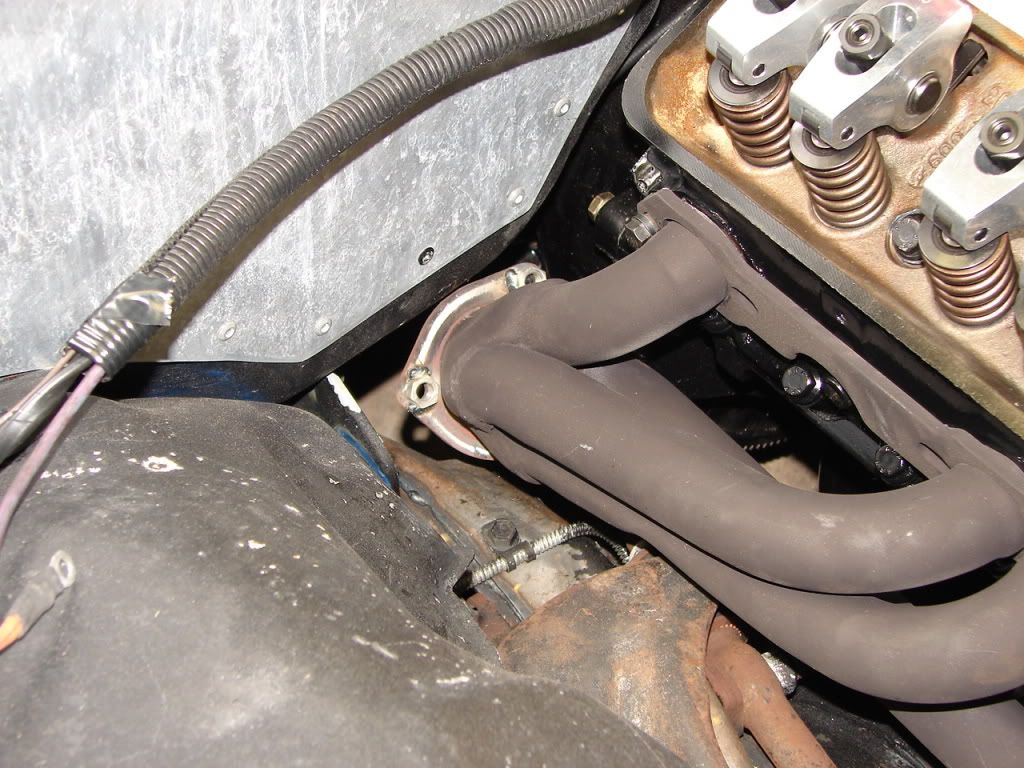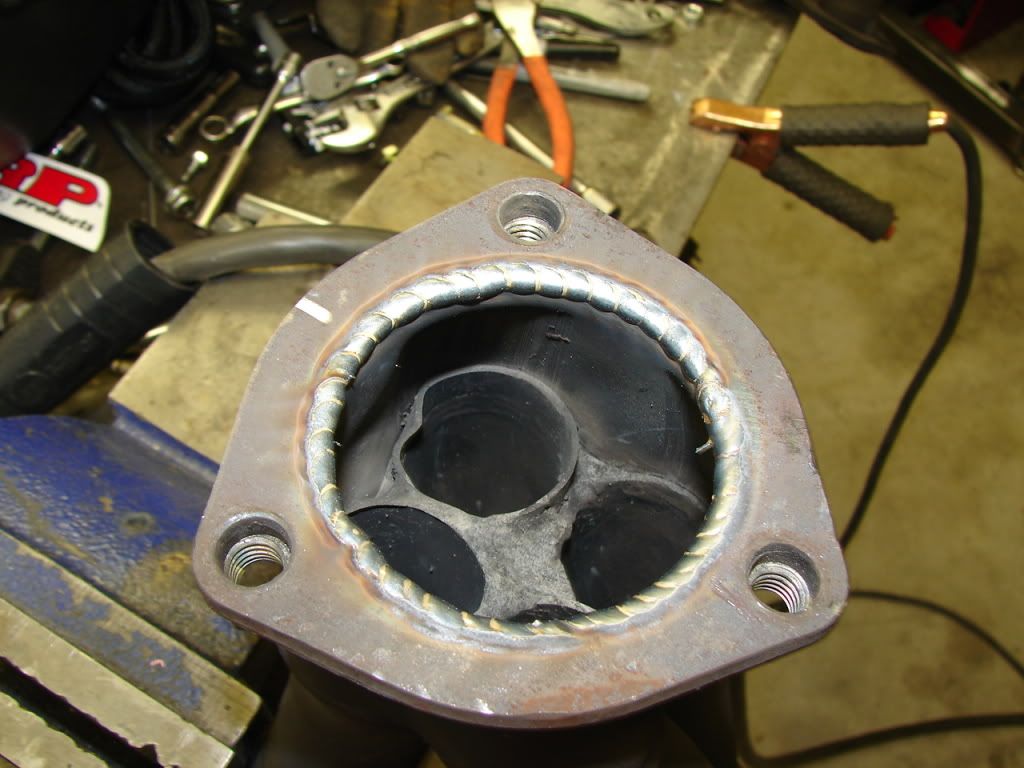First things first - ALWAYS wear safety glasses. Even on the most simple of tasks.
It OFTEN is a topic of discussion and one that needs to be stuck, there's a lot to learn and sometimes it's easier to learn from someone who's done it before you -
I'll add to this thread over time, I just don't have specific pictures with me right now.
I'll show, bad welds, good welds, welds that are too cold, and welds that are too hot. Mig Welding, Tig welding, lathe work and milling.
I'll show, HOW you weld a flange to a pipe the RIGHT way, and WHY it's the right way.
I'll show WHY a GOOD fit is important on a butt weld, and what happens when it's not.
Anyone else, post up your ideas, detailed procedures and some sort of explination.
Also, we've ALL done it at one point in time - injured ourselves fabricating something. Post up SAFETY tips for anyone that could do that same thing...
PLEASE feel free to check my math, debunk links etc - but provide facts. Also, add to it, I'll post it in the original thread.
One that comes up a lot, metric conversion from MM to inches or inchess to MM.
.039375
10MM x .039375 is .39375 inches (3/8 is .375 fwiw)
.375" / .039375 = 9.52MM
(the same reason a 10MM wrench loosely slips over a 3/8 bolt, and a 3/8 wrench strips 10MM bolt heads)
--------------------------------------------------------------------------
Why do I burn up drill bits so fast, or why is it not cutting right?
(assuming it's sharpened correctly)
There's a reason, a good one. SFPM, surface footage per minute - The distance the tip of the flute travels for a single revolution, calculated over a minute.
Fact: Most hand drills operate in the 0-1200 RPM range
Surface footage = RPM X D (diameter) X Pi / 12
Soft 1018 steel, which is common is best machined around 80-120SFPM.
Using a .375 drill bit: 800 X .375 x 3.1416 /12 = 78.54SFPM.
(this is below recommended 'guidelines', but sometimes is all you can do with a hand drill - There are other factors to consider, such as cooling, chip loading and material hardness. Softer materials such as aluminum will drill much easier. Also, smaller drill bits need a LOT more RPM than a standard drill can produce, so you have to be generous with chip clearing and cutting oil)
--------------------------------------------------------------------------
It OFTEN is a topic of discussion and one that needs to be stuck, there's a lot to learn and sometimes it's easier to learn from someone who's done it before you -
- "how do you do this?"
- "How do you do that?"
- "What's best here?"
- "Why do XXX like this?"
I'll add to this thread over time, I just don't have specific pictures with me right now.
I'll show, bad welds, good welds, welds that are too cold, and welds that are too hot. Mig Welding, Tig welding, lathe work and milling.
I'll show, HOW you weld a flange to a pipe the RIGHT way, and WHY it's the right way.
I'll show WHY a GOOD fit is important on a butt weld, and what happens when it's not.
Anyone else, post up your ideas, detailed procedures and some sort of explination.
Also, we've ALL done it at one point in time - injured ourselves fabricating something. Post up SAFETY tips for anyone that could do that same thing...
PLEASE feel free to check my math, debunk links etc - but provide facts. Also, add to it, I'll post it in the original thread.
One that comes up a lot, metric conversion from MM to inches or inchess to MM.
.039375
10MM x .039375 is .39375 inches (3/8 is .375 fwiw)
.375" / .039375 = 9.52MM
(the same reason a 10MM wrench loosely slips over a 3/8 bolt, and a 3/8 wrench strips 10MM bolt heads)
--------------------------------------------------------------------------
Why do I burn up drill bits so fast, or why is it not cutting right?
(assuming it's sharpened correctly)
There's a reason, a good one. SFPM, surface footage per minute - The distance the tip of the flute travels for a single revolution, calculated over a minute.
Fact: Most hand drills operate in the 0-1200 RPM range
Surface footage = RPM X D (diameter) X Pi / 12
Soft 1018 steel, which is common is best machined around 80-120SFPM.
Using a .375 drill bit: 800 X .375 x 3.1416 /12 = 78.54SFPM.
(this is below recommended 'guidelines', but sometimes is all you can do with a hand drill - There are other factors to consider, such as cooling, chip loading and material hardness. Softer materials such as aluminum will drill much easier. Also, smaller drill bits need a LOT more RPM than a standard drill can produce, so you have to be generous with chip clearing and cutting oil)
--------------------------------------------------------------------------



Comment